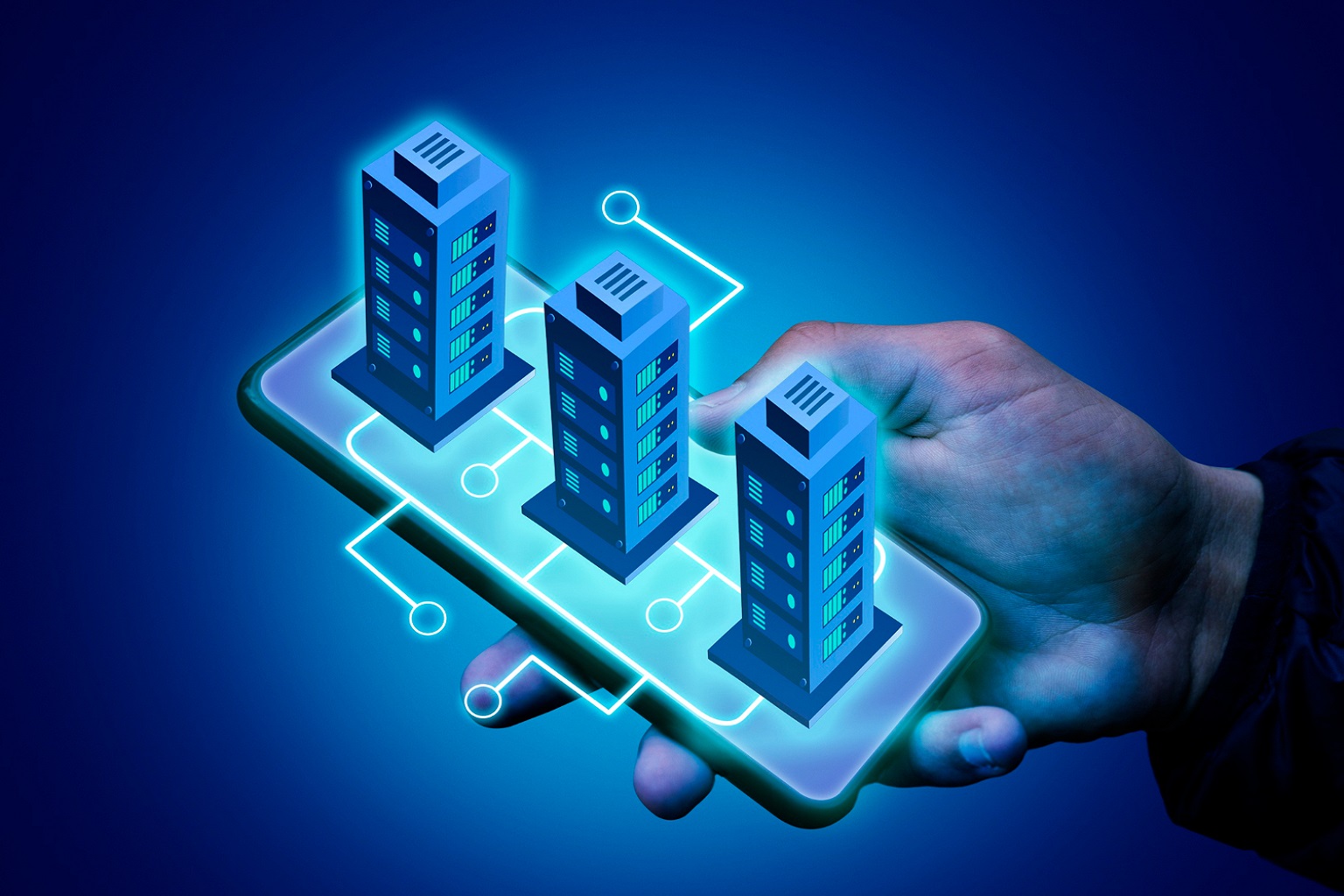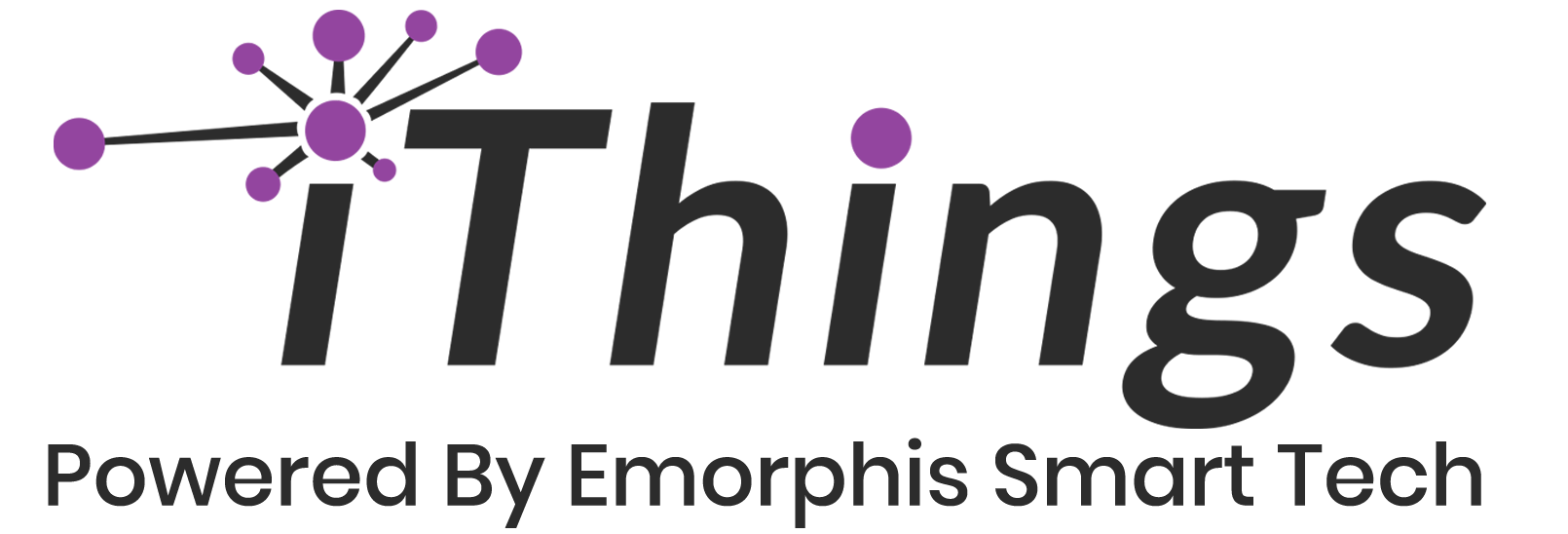
The Internet of Things (IoT) has evolved from a futuristic concept to a transformative force shaping industries, cities, and daily life. As we enter 2025, IoT is not just about connecting devices; it’s about making them intelligent, secure, and more responsive to human needs.
Whether you’re a tech enthusiast, a business leader, or just curious about what’s next, this list of the top 10 IoT trends will give you a glimpse into the future of smart connectivity.
Top 10 IoT Trends in 2025
1. Blockchain for IoT Security and Data Integrity
With billions of devices connected, data security is becoming a growing concern. Traditional security measures often fall short when it comes to IoT networks. The U.S. blockchain IoT market generated USD 154.9 million in 2023 and is expected to reach USD 3,282.5 million by 2030, highlighting the growing reliance on decentralized security. Blockchain provides a tamper-proof solution that enhances security and transparency. By enabling trustless data exchanges, blockchain ensures that IoT devices can communicate without the risk of data manipulation or cyber threats.
Imagine a world where smart contracts automate device interactions, preventing fraud in supply chains or ensuring that autonomous vehicles operate securely. This isn’t a distant reality—it’s happening now, and 2025 will see greater adoption.
2. Smart Cities and Traffic Management
Urban areas are evolving into smart cities, where IoT is optimizing energy consumption, waste management, and, most importantly, traffic flow. With millions of vehicles on the road, IoT-enabled traffic management systems use real-time data to reduce congestion, minimize carbon emissions, and improve public transportation efficiency.
For example, AI-driven traffic lights that adjust based on vehicle flow or connected sensors that guide drivers to available parking spaces are becoming mainstream. If you’ve ever been stuck in traffic, you’ll appreciate how IoT can transform daily commuting into a seamless experience.
3. IoT Powered with 5G Technology
The combination of 5G and IoT is a game-changer. 5G networks provide ultra-fast, low-latency connections, making real-time IoT applications more efficient. From autonomous cars communicating with traffic signals to remote healthcare monitoring, 5G enables IoT to function with speed and precision.
In 2025, expect massive IoT deployments, particularly in industries like manufacturing, healthcare, and smart homes. Businesses that embrace 5G-driven IoT solutions will see improved productivity and enhanced user experiences.
4. AI-Powered IoT Applications
When Artificial Intelligence (AI) meets IoT, magic happens. AI enables IoT devices to analyze vast amounts of data, detect patterns, and make autonomous decisions. From predictive maintenance in factories to personalized healthcare recommendations, AI-powered IoT is making technology more intuitive.
For instance, smart refrigerators that suggest recipes based on food inventory or wearable health monitors that predict potential illnesses before symptoms appear—these applications will become more common in 2025.
5. Digital Twins for Predictive Maintenance
Imagine having a virtual replica of your factory, airplane engine, or even an entire city that mirrors real-time conditions. Digital twins allow businesses to monitor performance, simulate outcomes, and prevent failures before they happen.
Manufacturers will benefit greatly as predictive maintenance minimizes downtime, increases efficiency, and reduces costs. Whether in construction, logistics, or healthcare, digital twins will drive smarter decision-making.
6. Voice-Activated IoT Devices
The way we interact with IoT is shifting from touch to voice commands. Voice-activated devices are no longer limited to home assistants like Alexa or Google Home. They are making their way into industrial applications, enabling workers to control machines hands-free.
In 2025, expect to see voice-controlled smart offices, industrial equipment, and even vehicles, making interactions faster and more efficient. Businesses integrating voice interfaces into IoT solutions will gain a competitive edge.
7. Edge Computing for Faster Data Processing
With trillions of data points being generated by IoT devices, relying on cloud computing alone isn’t enough. Edge computing processes data closer to the source, reducing latency and enhancing real-time decision-making.
Think of self-driving cars, which can’t afford delays in processing traffic conditions. Or medical wearables that need to instantly analyze vital signs. Edge computing ensures that critical IoT applications function seamlessly, improving responsiveness and efficiency.
8. Metaverse and IoT Integration
The metaverse isn’t just about virtual worlds—it’s about creating immersive digital experiences that are interconnected with the physical world. IoT will play a crucial role in bridging the gap between these two realms.
Imagine trying on smart glasses that overlay digital information onto real-world objects or controlling smart homes through virtual environments. The metaverse + IoT fusion will redefine how we interact with both digital and physical spaces.
9. Vehicle-to-Vehicle (V2V) Communications
The next evolution in transportation is V2V (Vehicle-to-Vehicle) communication. Cars will not only be connected to traffic signals but also to each other, allowing for better coordination and accident prevention.
Expect features like automated emergency braking, dynamic speed adjustments based on surrounding vehicles, and smarter navigation routes. By 2025, V2V technology will be standard in many new vehicles, paving the way for fully autonomous transportation.
10. Strengthening IoT Security and Privacy
As IoT adoption grows, so do security risks. IoT security is no longer optional—it’s a necessity. Companies are investing heavily in AI-driven cybersecurity solutions, hardware-level encryption, and blockchain for identity verification to keep devices and networks secure.
Users will demand greater transparency and control over their data, and businesses that prioritize privacy-first IoT solutions will win customer trust in 2025.
Predictions for IoT in 2025
Looking ahead to IoT trends, here’s what we predict will drive IoT’s next wave of innovation:
- Lower costs for IoT components will enable widespread adoption, making smart technology more accessible for businesses and consumers alike.
- Semiconductor companies will heavily invest in embedded chipset security to counteract the rising risks of cyber threats, ensuring safer device connectivity.
- The integration of AI chipsets will allow IoT devices to process information at faster speeds, leading to enhanced real-time decision-making and automation.
- Industrial IoT (IIoT) will continue expanding, revolutionizing factories with smart robotics and automated workflows that reduce operational inefficiencies.
- Investments in DataOps solutions will streamline IoT data management, enabling businesses to extract actionable insights and optimize system performance.
- Robotics and automation in IoT will play a crucial role in reducing dependency on manual labor, particularly in the manufacturing and logistics sectors.
- IoT-driven healthcare solutions will improve patient care through real-time monitoring, predictive diagnostics, and enhanced telemedicine capabilities.
- Sustainable IoT innovations will support energy efficiency and environmental monitoring, helping industries adopt greener and more eco-friendly practices.
The Future of IoT
According to current IoT statistics, the number of connected devices is expected to rapidly increase, with predictions of potentially reaching over 40 billion by 2030.
Looking beyond 2025 IoT trends, IoT will become increasingly self-sufficient, leveraging AI-driven automation, predictive analytics, and real-time decision-making to operate with minimal human intervention. Seamless interconnectivity will enable devices to communicate more efficiently, improving responsiveness and accuracy across industries.
As businesses adopt IoT-first strategies, they will gain a significant competitive edge, optimizing operations, enhancing customer experiences, and reducing costs. The expansion of smart cities, autonomous transportation, and connected healthcare will revolutionize daily life, making homes smarter, infrastructure more efficient, and environments safer.
The evolution of IoT also raises important questions about data security, privacy, and regulatory compliance. Organizations must proactively address these challenges to unlock IoT’s full potential while ensuring responsible innovation.
With rapid advancements on the horizon, the real question isn’t whether IoT will redefine our world—it’s whether we are ready to embrace and adapt to its transformative impact.
Conclusion
IoT is evolving rapidly, redefining how we live, work, and interact with technology. These IoT trends from AI-powered automation to secure blockchain transactions, the innovations of 2025 will bring efficiency, safety, and convenience.
To stay ahead, businesses must invest in secure, scalable, and intelligent IoT ecosystems. Whether you’re an entrepreneur, tech leader, or enthusiast, the future of IoT is full of possibilities—and the time to prepare is now.
